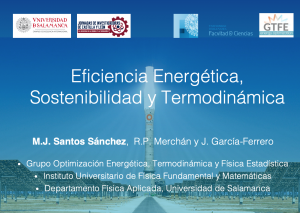Repasando los ponentes que han impartido un charlas en los últimos años en la entrega de premios de la fase local de la Olimpiada de Fisica en Salamanca, vemos que el panel ha sido muy rico. Dando a conocer diferentes ámbitos de la Fisica por docentes de prestigio.
- 2024 Marc Mars (Universidad de Salamanca) “Gravitación y relatividad: la revolución Einsteniana“
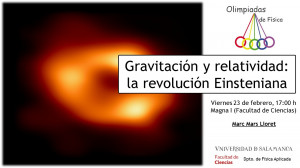
- 2023 Asociación OSAL “Experimentos aLUZinantes“
- 2022 Ignacio Íñiguez de la Torre Bajo (Universidad de Salamanca) “Física de la bicicleta” https://slsalamancarsef.usal.es/node/98
- 2020 Enrique López Poveda “Universidad de Salamanca” “Sonido, Física y Neurociencia“
- 2019 José Benito Vázquez Dorrio (Universidad de Vigo) ”Física Re-Creativa: luz, color e interferencias“ https://slsalamancarsef.usal.es/node/50
- 2018 Physics League “Scary Physics“
- 2017 Antxón Anta Unanue “Un paseo sorprendente por la magia de la Fisica“
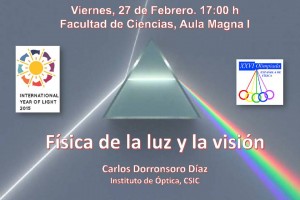
- 2016 Adolf Cortel Ortuño “Espectroscopía recreativa“
- 2015 Carlos Dorronsoro Díaz (Instituto de Óptica, CSIC) “Física de la luz y la visión“
- 2014 Alejandro del Mazo Vivar “Entretenimientos físicos”.
- 2013 Santiago Velasco Maíllo (Universidad de Salamanca) ‘Física y Mitología‘
- 2012 Juan Tomé (I.E.S. Jaranda) “Física, Música y Baile“
- 2011 Martín Rivas Pérez (Universidad del País Vasco) ”200 años de electromagnetismo: un paseo por su historia“
- 2010 Julio Güemez Ledesma (Universidad de Cantabria) ”Unidad, diversidad y universalidad de la Física“
- 2009 Miguel Ángel Cabrerizo Vílchez (Universidad de Granada) “Física Recreativa”


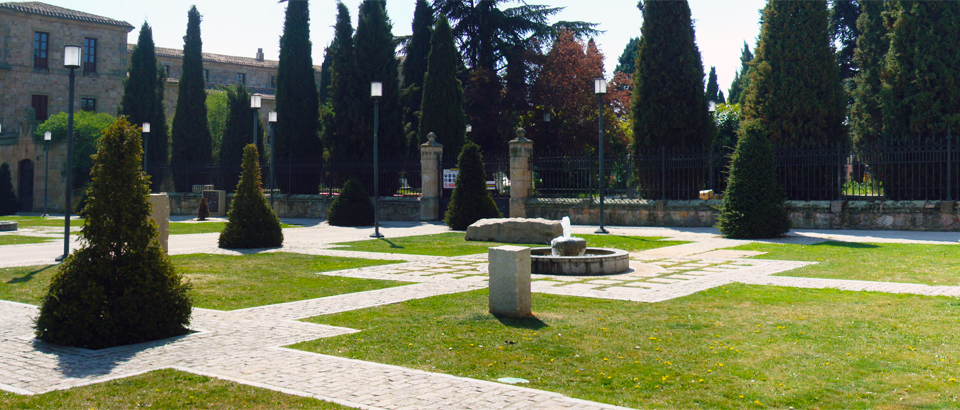


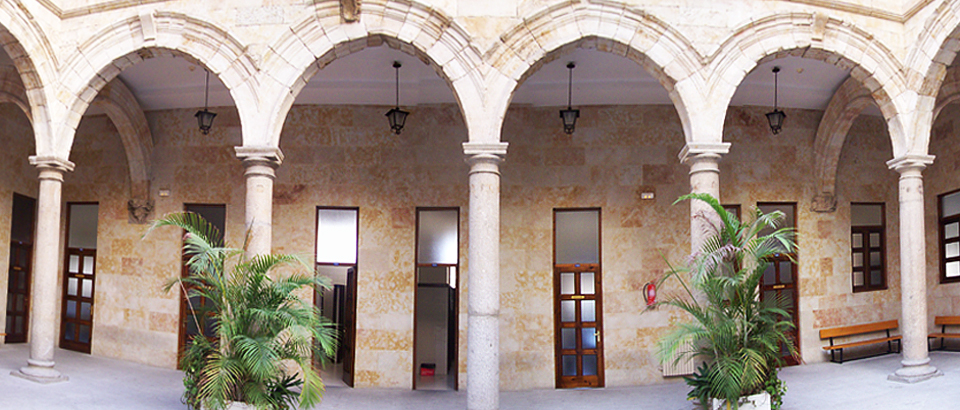
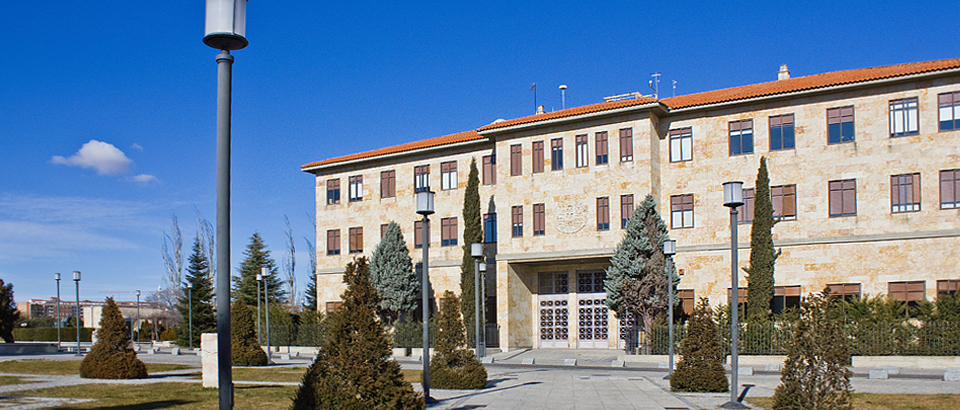


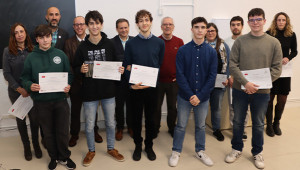
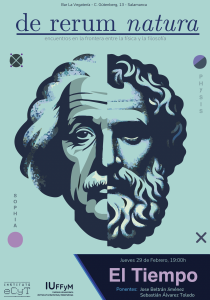
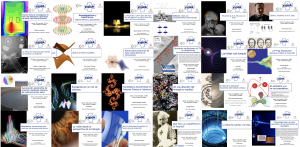
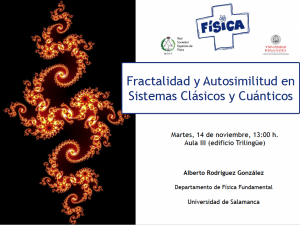 Mañana martes, 14/11/23 tendremos un nuevo seminario de +Fisica a las 13 h en el aula III del Edificio Trilingüe, impartido por el profesor Alberto Rodríguez González “Fractalidad y Autosimilitud en Sistemas Clásicos y Cuánticos”
Mañana martes, 14/11/23 tendremos un nuevo seminario de +Fisica a las 13 h en el aula III del Edificio Trilingüe, impartido por el profesor Alberto Rodríguez González “Fractalidad y Autosimilitud en Sistemas Clásicos y Cuánticos”
